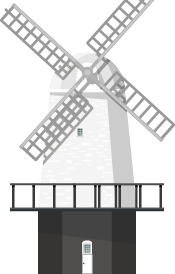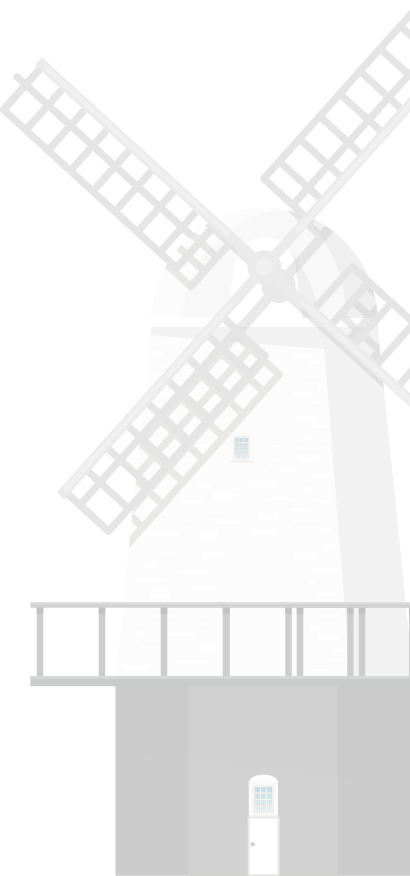Mathematics
Maths learning at Cranbrook strives to create an environment in which children can confidently learn and achieve working independently and with their peers. The maths curriculum aims provide children with the opportunity to develop a curiosity for maths, develop enjoyment and passion for the subject, allow them to understand the world around them and reason mathematically.
Using effective planning, teaching and learning strategies, assessment and knowledge of our children, we aim to develop and extend pupils' knowledge and understanding of mathematical concepts by providing them with a range of learning activities and real life everyday situations.
Computers, calculators and practical resources (such as numicon, number lines and number squares) are used to support the learning process.
Pupils' progress is closely monitored and work is targeted towards the individual's needs and ability.
The national curriculum for mathematics aims to ensure that all pupils:
- become fluent in the fundamentals of mathematics, including through varied and frequent practice with increasingly complex problems over time, so that pupils develop conceptual understanding and the ability to recall and apply knowledge rapidly and accurately.
- reason mathematically by following a line of enquiry, conjecturing relationships and generalisations, and developing an argument, justification or proof using mathematical language.
- can solve problems by applying their mathematics to a variety of routine and non-routine problems with increasing sophistication, including breaking down problems into a series of simpler steps and persevering in seeking solutions.
Children will learn how to calculate using a combination of concrete, pictorial and abstract methods. They will be encouraged to then develop their written methods of calculation. Please watch the videos below which give an example of the written methods used in daily lessons.
Addition
Subtraction
Division
Multiplication

Rainbow maths
Children practise their times tables daily in class and work towards passing a weekly test. The different levels within the rainbow are in line with the expectations within their year group. Please see the following document for advice of different ways in which times tables can be practised at home.
Maths support for Home learning
The following links can be used to enhance learning at home. Some of them require the pupil's username and password to access the site. This information can be found in the front of their contact books.
Times Table Rock Stars - Practise multiplication facts and compete against children and staff!
Maths Shed - Apply skills to different problems set by teachers
Mathsframe - Times table practise game, similar to the Year 4 multiplication check
Topmarks - Different games that require mathematical thinking.
Please click below for more information regarding how we teach mathematical concepts within school.
Teaching maths at Cranbrook Primary School
This link is packed with good mathematical ideas and explanations on how to involve your child in mathematical activities.
Comment from Ofsted (2022)
In mathematics, pupils use shapes and counters to help them make sense of numbers. This helps them to secure their knowledge of number and apply this to increasingly challenging activities. Teachers encourage pupils to challenge themselves in the work they produce. Pupils structure their work well in their workbooks. This helps to reinforce what they have learned in the lesson.
Comment from Ofsted (2017)
The teaching of mathematics is good. Teachers make good use of practical equipment to help pupils deepen their understanding of mathematical concepts. Pupils enjoy solving real-life problems, such as finding out how far they can run in five minutes or finding the distance from school to South America.








